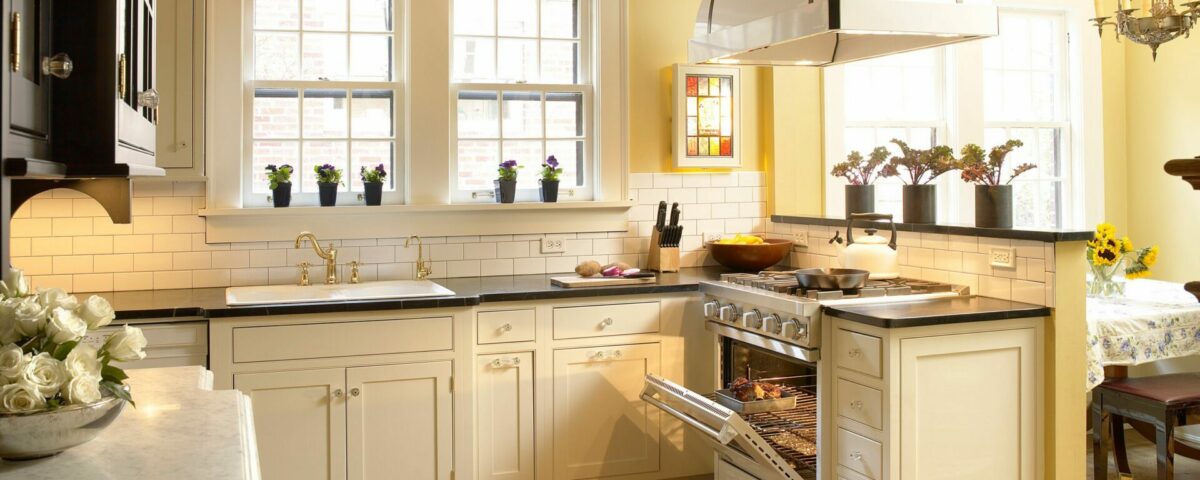
Getting to Know Custom Cabinetry Types: A Homeowner’s Guide
April 19, 2024
Unlocking Custom Cabinetry Diversity: An Overview of Types
April 19, 2024The world of kitchen design is vast and varied, with a myriad of options available to homeowners looking to maximize functionality while still maintaining aesthetic appeal. One such pivotal element in the process of kitchen design is the selection of Custom Cabinetry, which serve as both fundamental storage units and critical contributors to the overall visual appeal of the space.
Particularly in the realm of custom cabinets, the potential for personalization and uniqueness is immense, with styles ranging from sleek, modern designs to more traditional, ornate offerings. This essay will examine the various types of custom cabinets, their unique characteristics, and the ways in which they can transform your kitchen into a workspace that is as efficient as it is beautiful.
Indeed, the choice of cabinets can significantly impact the overall look and function of your kitchen, making it a matter of great importance and worthy of careful consideration.
Exploring Custom Cabinetry Types
Often overlooked, the variety of custom cabinet types offers a unique opportunity to enhance both the functionality and aesthetic appeal of your kitchen. Custom cabinets provide a personalized touch that can transform any kitchen into a space that truly reflects your style and meets your specific needs.
There are numerous types of custom cabinets, each with their own set of benefits. For instance, base cabinets are a practical choice for those who need ample storage space. These sit directly on the floor, providing stability and strength. On the other hand, wall-mounted cabinets offer the advantage of being at eye level, making them ideal for storing frequently used items.
In-cabinet customizations like pull-out shelves, lazy susans, and built-in spice racks can cater to your specific organizational needs. Meanwhile, aesthetic customizations such as choosing unique door styles, colors, and hardware can dramatically alter the visual appeal of your kitchen.
Whether you’re aiming for a minimalist, modern design or a more traditional, rustic vibe, custom cabinets can help you achieve your desired look. By exploring the variety of custom cabinet types, you’re not just choosing storage—you’re shaping the heart of your home.
Material Selection for Custom Cabinets
While the types and styles of custom cabinets significantly influence the overall aesthetic of your kitchen, the selection of materials used in their construction is equally pivotal, shaping not only their appearance but also their durability and function.
1. Wood: The classic choice for custom cabinets, wood offers a timeless appeal. Species like oak, maple, and cherry are popular for their unique grains and color variations.
2. Plywood: A budget-friendly option, plywood is highly durable and resistant to moisture, making it suitable for areas exposed to water and steam.
3. Particle Board: Comprised of wood chips and resin, particle board is a cost-effective option. However, it’s less durable and prone to moisture damage.
4. Stainless Steel: For a modern, industrial look, stainless steel is an excellent choice. It is resistant to heat, stains, and corrosion, making it ideal for a high-traffic kitchen.
Material selection is more than an aesthetic choice; it’s an investment in the longevity and functionality of your kitchen. By understanding the characteristics of each material, you can make an informed decision that reflects your personal style and meets your kitchen’s needs. Choose wisely and enjoy the transformative power of custom cabinets.
Conclusion
In conclusion, the variety of Custom Cabinetry offer a range of choices in terms of material, design, and functionality. The selection process should be guided by personal taste, budget, and kitchen layout.
Despite potential higher costs, custom cabinets provide a unique, high-quality solution that enhances the aesthetic and practical value of the kitchen space. This investment not only transforms the kitchen environment but also contributes to the overall home value.




